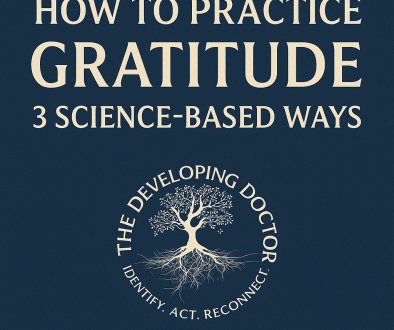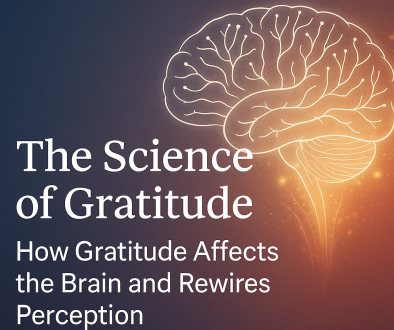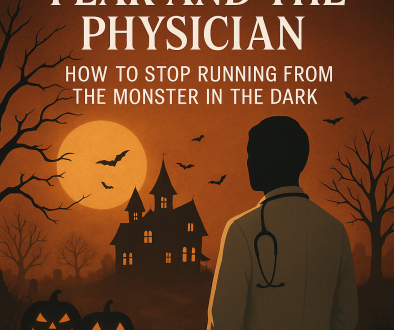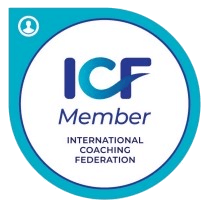Overcoming Physician Burnout: Finding Fulfillment and Balance
As I walked home from work, I felt a mix of emotions. I went to work a little before 7:00 AM and walked out of the building well after sunset. During the time I was at work I didn’t stop. I ate lunch at my computer and read 3 times the average number of echocardiograms others in similar positions do elsewhere. At the same time, I had meaningful interactions with patients, students, and colleagues throughout the day. I felt the exhaustion settle in alongside a sense of accomplishment. This scenario, my typical Thursday, encapsulates the complex reality of modern medicine.
Practicing medicine is unique blend of rewards and challenges. For physicians, the joy of helping patients is frequently overshadowed by the high-stress environment of medical practice. As a result, physicians are at high risk for burnout. Physicians are also unhappy in their jobs. Although frequently lumped together, different factors contribute to burnout and fulfillment. This blog examines the factors associated with physician burnout and those that contribute to physician job satisfaction or fulfillment. Many factors contributing to burnout are outside of the physician’s control. Job satisfaction, however, is almost entirely within a physician’s control and boils down to one simple thing. Choice. Read on for actionable ways to leverage the choices you make to cultivate a rewarding career in medicine.
Unraveling Physician Burnout and Fulfillment
What is burnout?
Burnout is a multidimensional syndrome characterized by emotional exhaustion, depersonalization, and a diminished sense of personal accomplishment. This state of physical, emotional, and spiritual fatigue is rooted in several factors intrinsic to the healthcare system. These factors include long work hours, the emotional toll of patient care, administrative burdens, and the ever-looming fear of malpractice suits. Each factor contributes to burnout and, ultimately, impacts physician well-being.
Key Drivers of Burnout:
Long Work Hours and On-call Duties: Physicians work an average of 50 hours per week according to the 2023 Medscape Physician Compenstation report. That does not include on-call hours which are often unpredictable and uncompensated. These long, unpredictable work hours lead to physical and mental exhaustion. You know what they say about too much work and no play.
High Emotional Exhaustion: Physicians are trained to treat patients. Part of this training includes developing the skills needed to deal with the emotions of clinical work. Regardless of training, dealing with patient suffering, death, and the emotional weight of medical decisions takes a significant toll on well-being. This is particularly true when physicians do not have time to process the emotions that result from patient care. Physicians are, afterall, human.
Increasing Administrative Responsibilities: For every hour physicians spend with patients, they spend 2-3 hours on paperwork and administrative tasks. These tasks detract from patient care and create frustration. Paperwork is a leading cause of physician burnout. Burnout is prevented by providing physicians with the skills and tools needed to improve charting efficiency.
Lack of Autonomy: Nearly 80% of physicians are employed by healthcare systems. Healthcare systems like to standardize processes. This standardization creates a rigid system. Feeling a lack of control over their work environment significantly contributes to physician burnout and reduced physician job satisfaction. Healthcare systems can decrease rigidity by allowing physicians a say in their work environment.
Elements of Physician Fulfillment and Job Satisfaction
Physician job satisfaction is derived from several factors. These factors include the personal fulfillment derived from patient care and the professional growth and camaraderie experienced working on a high-functioning medical team. Re-reconnecting physicians with their patients enhances physician well-being and builds a supportive community.
Critical Factors for Fulfillment
Autonomy and Control: Having control over one’s schedule, clinical decisions, and work environment significantly boosts physician job satisfaction and well-being.
Supportive Work Environment: Physicians spend more time at work than at home. A collegial work environment enhances physician job satisfaction. Teams are built. Provide time for team-building exercises. In addition, ensure that all healthcare team members have the resources and training needed to do their jobs.
Recognition and Reward: Adequate compensation and recognition for hard work and achievements bolster a sense of value and fulfillment, contributing to physician job satisfaction.
Work-Life Balance: Maintaining a healthy balance between professional duties and personal life is crucial for long-term physician job satisfaction and overall well-being.
Satisfaction Is a Choice: Cultivating a Fulfilling Medical Career
Acknowledging that the elements contributing to either physician burnout or physician job satisfaction are deeply intertwined with the nature of the healthcare system, it becomes apparent that the key to a fulfilling career lies in actively seeking joy and satisfaction at work. Here are actionable steps to steer toward physician job satisfaction and promote physician well-being:
Fostering Personal Resilience
Mindfulness and Self-care: Regularly practicing mindfulness and ensuring adequate rest and leisure activities can mitigate stress and enhance physician well-being.
Setting Boundaries: Learning to say no and setting clear personal and professional boundaries can prevent overextension and reduce physician burnout.
Seeking Support: Whether through professional mentorship or counseling, having a support system is invaluable for maintaining physician well-being.
Physician Job Satisfaction and Work Environment
Advocacy for Autonomy: Encouraging a culture that values physician input and autonomy can increase physician job satisfaction and improve physician well-being.
Efficient Use of Technology: Employing technology solutions that streamline paperwork and administrative tasks can free up more time for patient care, reducing physician burnout.
Professional Development: Opportunities for learning and growth can reignite passion and reduce feelings of stagnation, enhancing physician job satisfaction.
Embracing Work-Life Balance
Flexible Scheduling: Where possible, advocating for schedules that accommodate personal life can drastically reduce physician burnout and promote physician well-being.
Prioritizing Personal Time: Schedule your personal time. Unplug from work demands.
Physician burnout and job satisfaction are intimately related. While the pressures of being a physician are unlikely to vanish, the approach to dealing with them can undoubtedly shift. Recognizing that satisfaction is a choice and actively engaging in actions that support a healthy, fulfilling career path are pivotal steps. By integrating personal resilience, fostering a supportive work environment, and embracing a balanced approach to life and work, physicians can find joy and satisfaction in their noble profession, making the challenging days worthwhile and the rewarding days even more gratifying.
Remember that the power to tip the scales rests within your hands when navigating the fine line between burnout and job satisfaction. By focusing on what ignites passion and fulfillment in your work and taking steps to minimize stressors, a rewarding medical career is a possibility and a reality.





